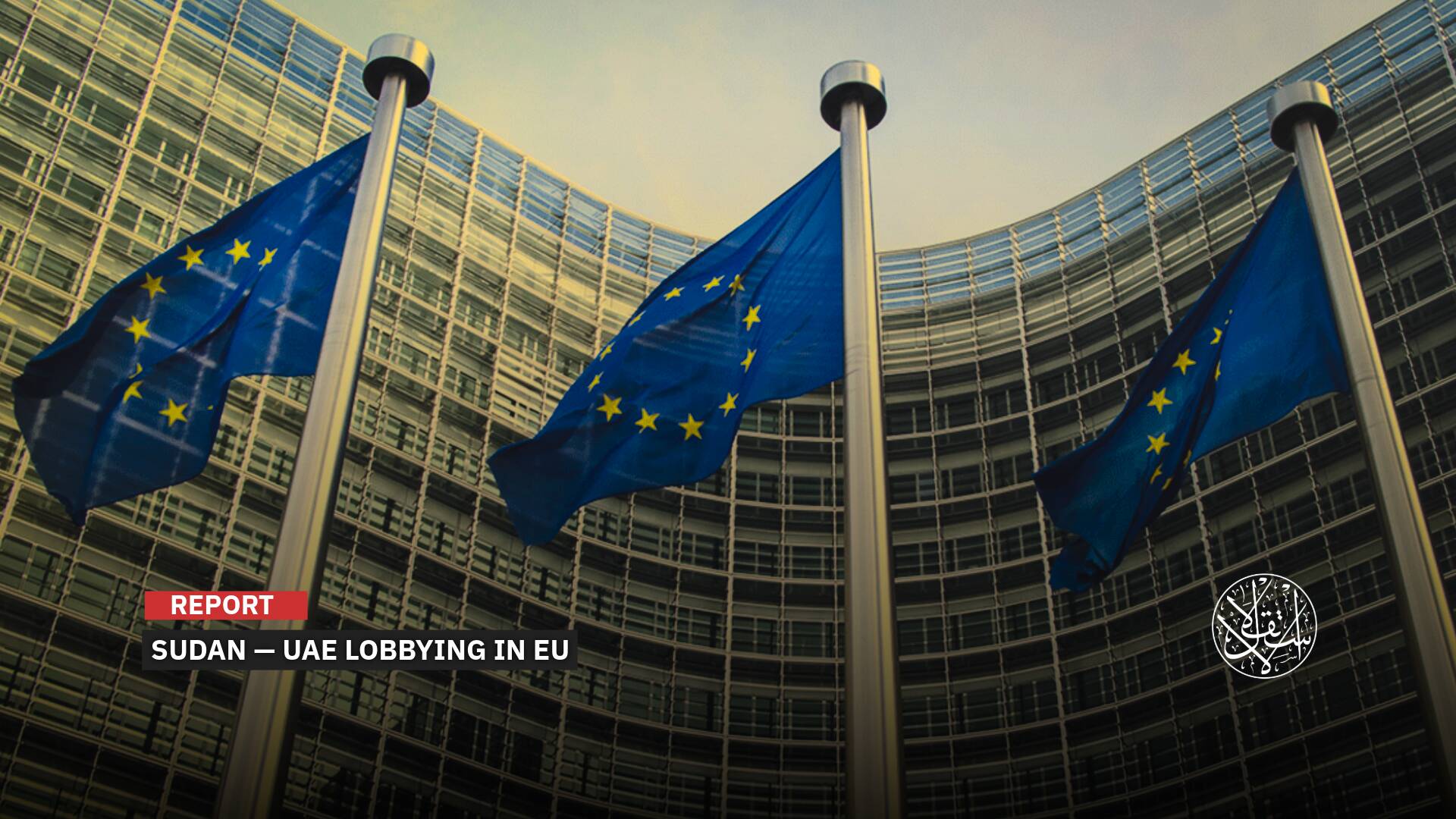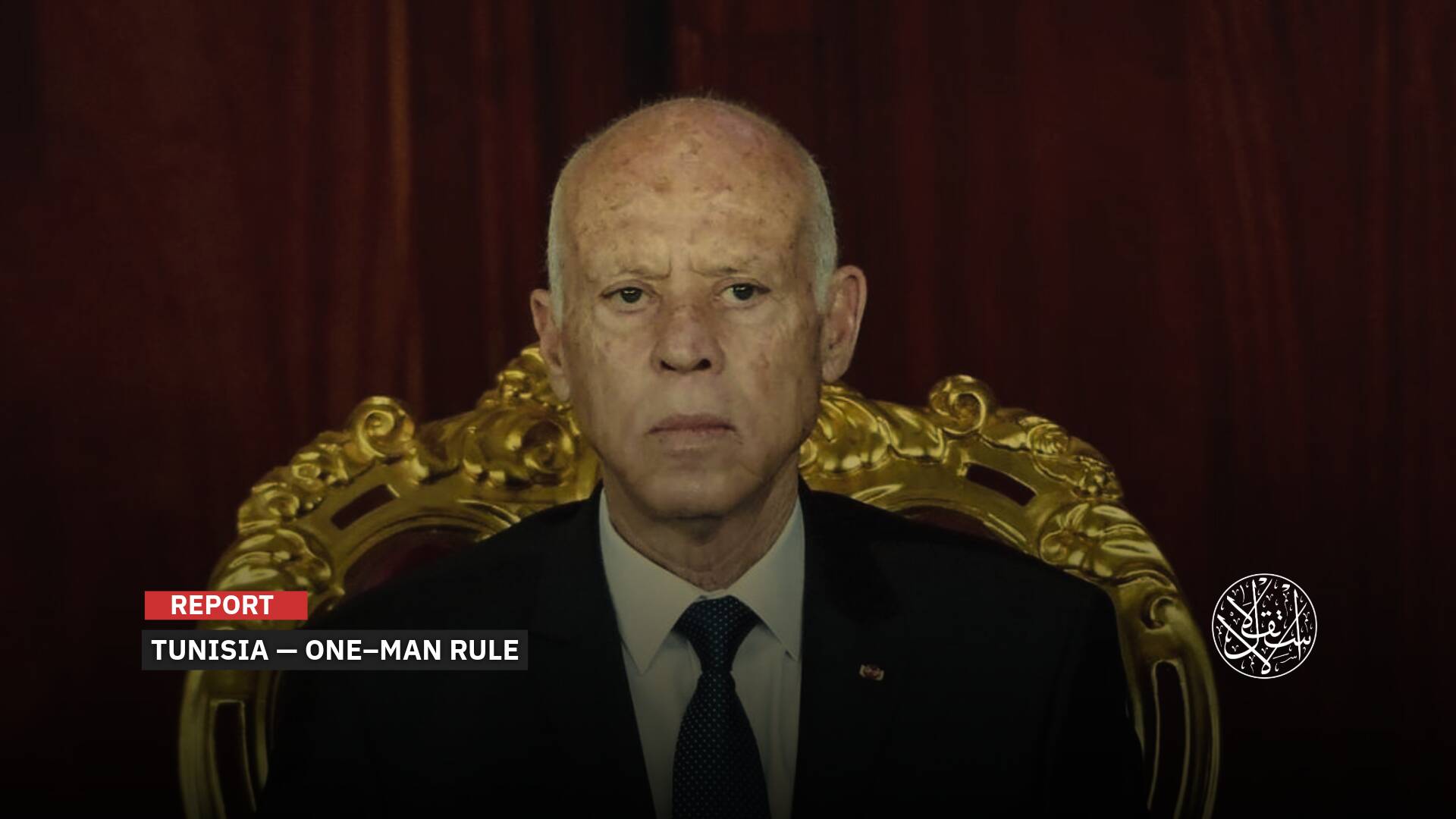Is Egypt Selling its Strategic Assets to China?

On August 7, the news website Arabi21 reported that an Egyptian delegation has arrived in Switzerland to meet with a Chinese delegation to discuss swapping Chinese debt on Cairo for strategic assets.
A reliable source told the news site that reliable banking sources in Switzerland confirmed that a meeting took place on Sunday at the Kempinski Hotel in Geneva between an Egyptian and Chinese delegation.
According to the source, there is talk of exchanging debts owed to China for $8 billion with Egyptian strategic assets from ports and airports.
During the three-day talks, Egypt offered other assets from ports and airports in exchange for $10 billion, so Egypt will eventually receive $18 billion.
According to the source, this scenario is exactly what happened between China and Sri Lanka, but with a much smaller financial volume than this.
The source linked those negotiations to Sisi's recent statements about Taiwan and China's unity, which seemed strange and out of context in light of Egypt's relationship with America.
The Egyptian government has expanded its debt unprecedentedly over the past decade.
According to a World Bank report in early July, Egypt's debt stood at about $158 billion by the end of March.
Egypt is committed to paying off $33 billion in foreign debt in one year from March to March, according to the same report.
According to the local website Mada Masr, the latest available tables on debt obligations, which the World Bank prepares, Egypt commits to pay about $ 16 billion in the second quarter of this year (from the beginning of April to the end of June) followed by $ 12 billion in the third quarter, then about $ 6 billion in the fourth quarter, and finally more than $ 13 billion in the first quarter of next year.

Unprecedented Debt
Egypt's foreign debt has jumped by about 77% over the past five years, rising by about $63 billion during that period, after increasing from about $82.88 billion at the end of 2017 to $145 billion in December 2021, while the Central Bank of Egypt announced the repayment of about $24 billion during the first half of this year 2022.
Egypt's external debt has risen significantly since the end of December 2017, recording $82.88 billion before rising by $13.7 billion by 16.5% to $96.6 billion in December 2018.
The value of debt jumped after 12 months by about $16 billion at once to reach $112.67 billion in December 2019. In 2020, the global pandemic crisis deepened Egypt's debt volume to rise by $16 billion at the end of December 2020.
This happened after the state received additional funding from the International Monetary Fund to combat the repercussions of the pandemic until the value of debt reached $129.19 billion by the end of the year.
At the same value, the volume of debt increased during the past year, worth $16 billion, and the value of Egypt's debt reached about $145 billion.
Cairo has received $20 billion in loans and credit facilities from the International Monetary Fund alone after striking a deal with it in 2016 to implement a three-year economic reform program under which it secured a $12 billion loan.
With the global pandemic raging in 2020, the government was forced to return to the fund to receive another $8 billion in two instalments, the first being a $5.2 billion "credit readiness agreement" loan and $2.8 billion through rapid financing performance as part of its plan to combat the negative repercussions of the pandemic.

Sri Lanka's Model
Egypt's offer to sell its debts to China in exchange for its strategic assets is similar to what happened in the Sri Lankan model.
Sri Lanka has been facing bankruptcy for months, with debts of $51 billion and unable to pay its annual debt payments.
China appeared to have made a false promise to save it, protesting the government's request to the International Monetary Fund for an urgent loan that would enable it to restructure its debt and buy wheat, oil, and gas.
China's actions shocked the Sri Lankan elite after the fall of the regime of its friend President Gotabaya, which protected him from being referred to an international trial in 2017 by vetoing China at the United Nations for war crimes.
But over the past five years, China has lavished on Pakistan and Sri Lanka short- and medium-term loans estimated at $26 billion, with its external lending shifting from infrastructure financing to emergency relief.
Data compiled by AidData, a research unit at William & Mary University, shows the shift from China's $900 billion Belt and Road Initiative, known as the Silk Road, to loans aimed at alleviating foreign currency shortages since 2018.
Brad Parks, executive director of AidData, said China had "moved significantly away from project lending and turned toward balance-of-payments lending and lending for emergency bailout."

Chinese state banks have provided $21.9 billion in short-term loans to Pakistan's central bank since July 2018, while Sri Lanka has received mostly $3.8 billion in medium-term loans since October 2018, according to figures compiled by Ed Data based on official documents and media reports.
The loans show that China is currently playing a similar role to the IMF, providing financing during balance-of-payments crises rather than financing concessional projects such as the World Bank, with which Belt and Road lending can be compared in general.
Rising U.S. interest rates and energy prices are driving foreign currency flight from developing countries that are part of China's Silk Road, raising the risk of defaulting on foreign-currency-denominated debt.
Researchers at the World Bank say about 60% of China's external lending is directed to countries now in debt distress.











